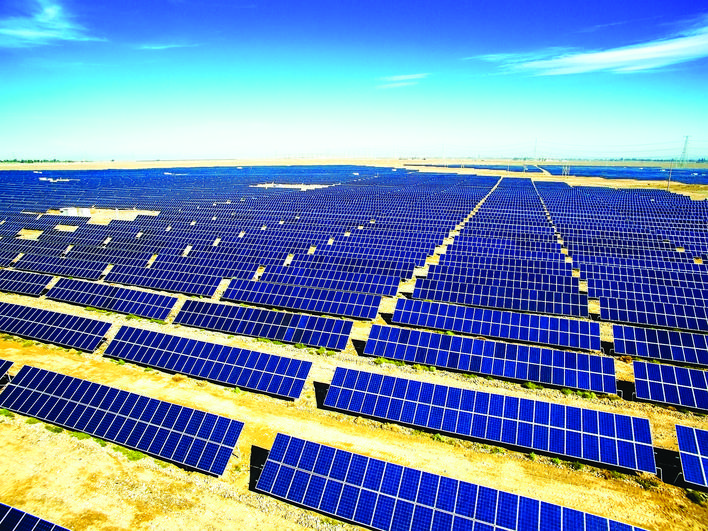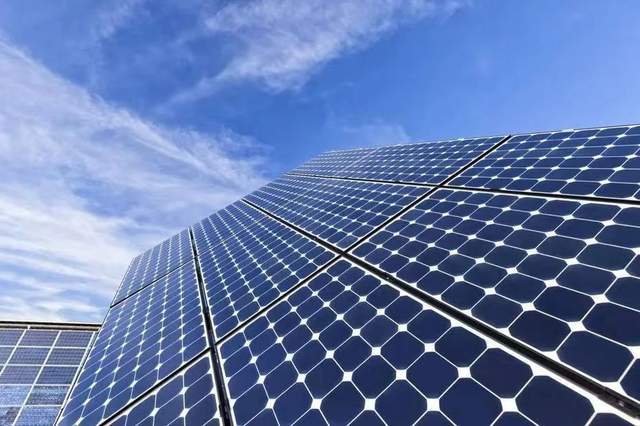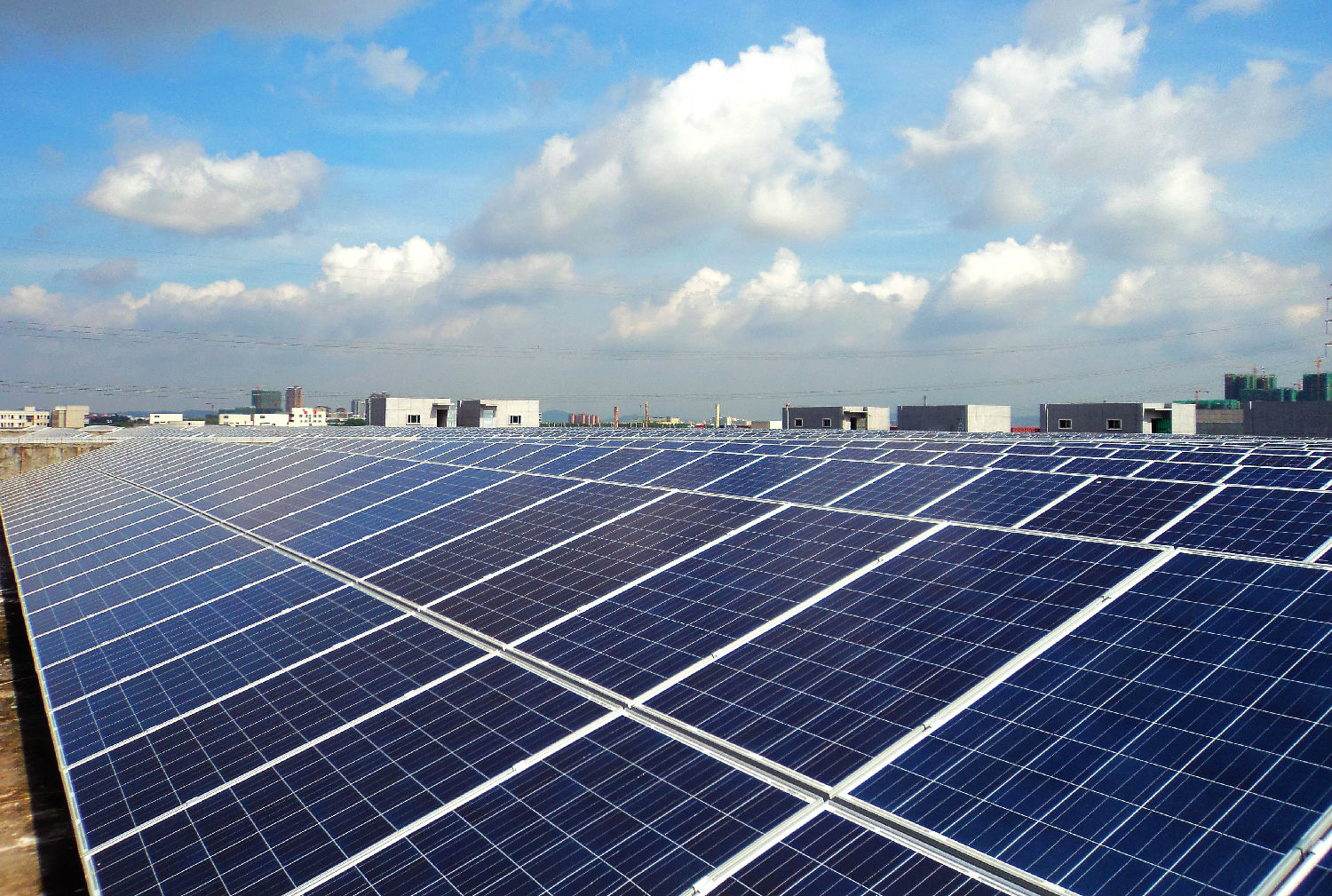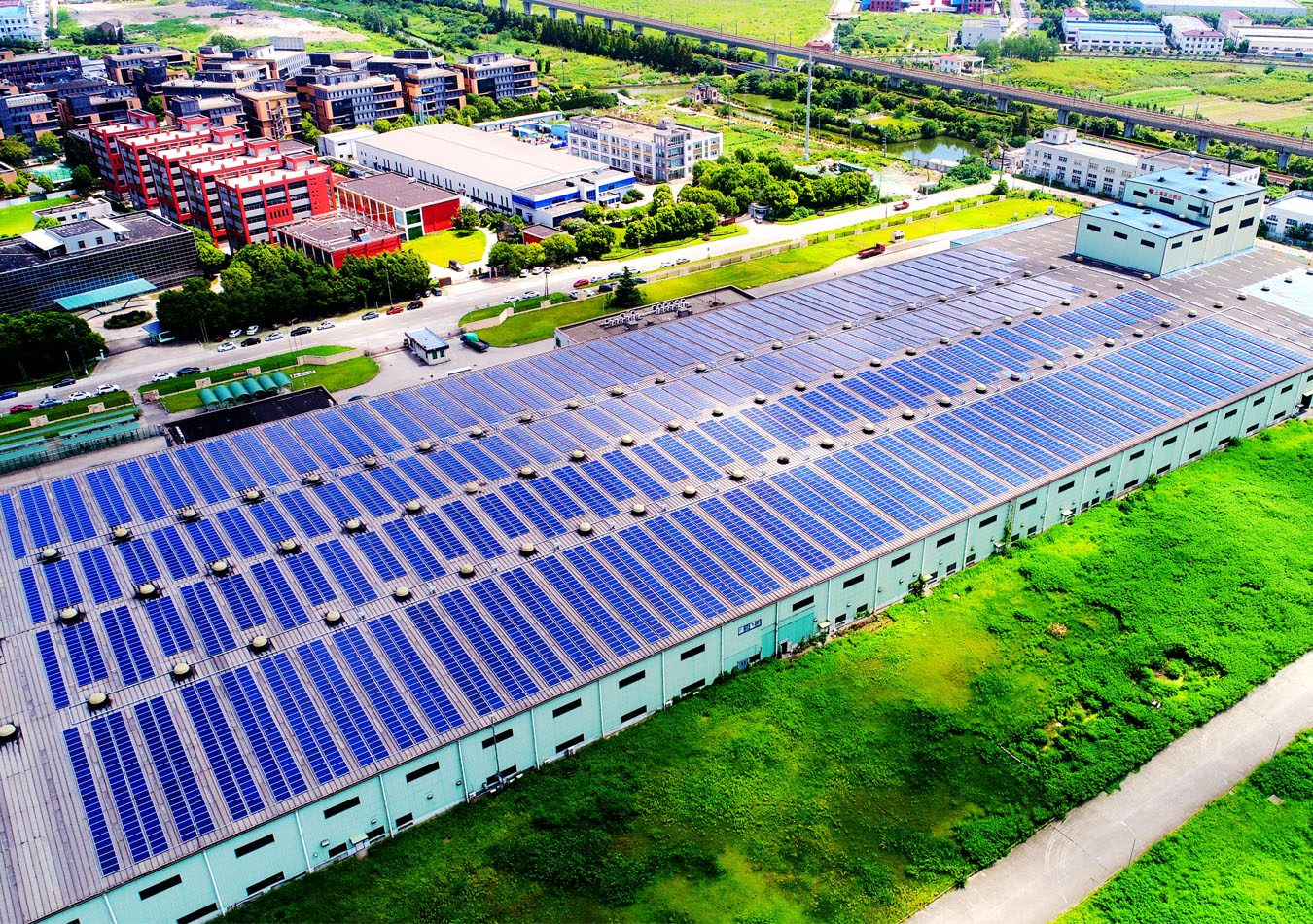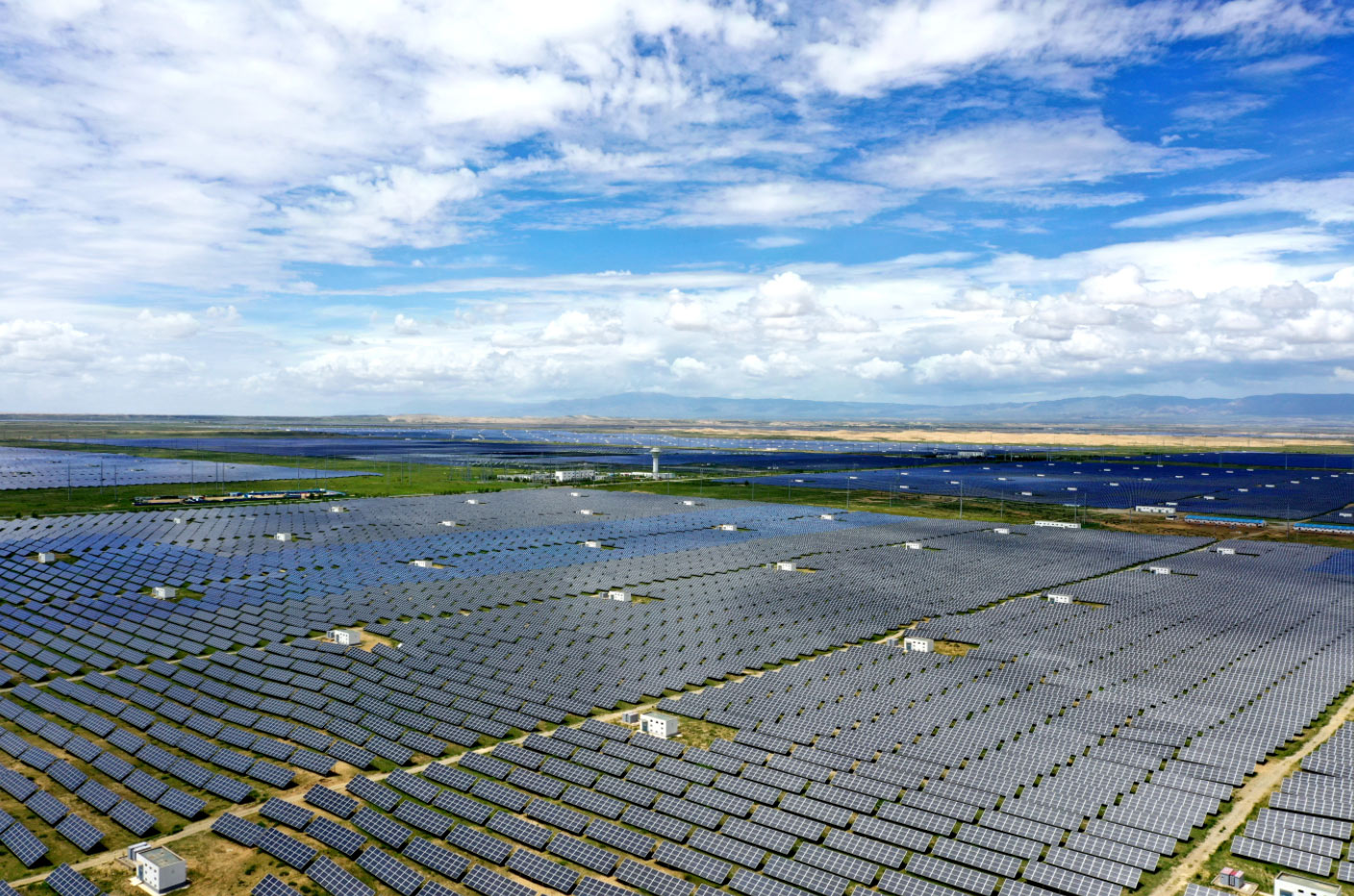In the first week of 2025, prices in the industry chain rebounded. According to data released by the Silicon Industry Branch, the transaction prices of various types of polysilicon have increased slightly, with the highest increase of 2.22%. According to price information released by Infolink, the prices of N-type silicon wafers, P-type battery cells, and N-type battery cells have also increased, with the increase of N-type silicon wafers exceeding 10%. Based on the general trend of the industry, it can be judged that photovoltaic prices have basically bottomed out. In 2025, with the accelerated clearance of production capacity and continued self-discipline in the industry, prices in all links will be completely stabilized, and there is a high probability that they will maintain a range of fluctuations. As long as prices remain stable and do not hit new lows, the entire industry will gradually improve, and it can be said that “the most difficult times are over.”
It will be effective in 2025. It can be predicted that it will be difficult to add and expand photovoltaic manufacturing capacity in 2025. It can be foreseen that in 2025, the measures of the “visible hand” to increase capacity regulation will take effect, and the clearance of capacity will see the real results. The most instructive is that the Central Economic Work Conference held in December 2024 also proposed that in 2025, “involutionary” competition should be comprehensively rectified and the behavior of local governments and enterprises should be regulated. If we want to add a definition, 2025 can be defined as the “year of anti-involution implementation”. I hope this storm will be more violent and more thorough!
China’s photovoltaic “going overseas” momentum in 2024 remains unabated, but the wind direction has changed. China’s photovoltaic going overseas has entered the 2.0 era. The “big stick” of trade sanctions from the United States has made it uneconomical for Chinese photovoltaic companies to “go overseas” via Cambodia, Malaysia, Thailand and Vietnam in Southeast Asia. Under the predicament, a new way for China’s photovoltaic production capacity to go overseas has been “forced”. A large number of companies have flocked to emerging markets and blossomed in all directions. In the Middle East, at least 8 Chinese photovoltaic companies have announced plans to build factories, and they are mainly leading companies, and the embryonic form of a photovoltaic industry cluster has begun to take shape. Brazil and Mexico in Latin America and Egypt and Angola in Africa have also attracted some companies to go there. Southeast Asian countries have become the destination for auxiliary material companies to “gather” and go overseas.
According to incomplete statistics from China Energy Network, a total of 21 overseas factory construction plans were announced in 2024 (see China Energy Network’s previous article “21 overseas factories announced to be built this year! The wind direction of photovoltaic going overseas has changed”). In 2025, a large number of planned production capacities will be put into production, and China’s photovoltaic going overseas will enter the “harvest period”. Photovoltaic companies that go overseas early will reap rich rewards. According to Trend Force’s forecast, the new installed capacity of the photovoltaic market in Europe and America is expected to reach 101.5 GW and 92.8 GW in 2025. The new installed capacity of photovoltaic in the Middle East and Africa market reached 37.5GW, and the installed capacity demand was mainly contributed by Saudi Arabia, the United Arab Emirates and South Africa. However, it is worth reminding that Chinese photovoltaic companies going overseas urgently need to jump out of the thinking framework of low-price competition and reverse the situation of “internal and externalization, low prices being scolded”. The situation that the industry least wants to see is that these companies are just “rolling” overseas, rather than going international to become global giants. In addition, the risks after the production capacity are exported are still huge. If the destination country introduces some targeted restrictive measures, Chinese photovoltaic companies will be in a very difficult situation at that time – the production capacity cannot be moved, and they can only be at the mercy of others.
For us, Multifit, we need to seize this opportunity and take advantage of the continuous expansion of the photovoltaic market to introduce our photovoltaic equipment and photovoltaic cleaning equipment to our potential customers, so that they can familiarize themselves with the performance and quality of our products, and ultimately place successful orders. And actively participate in domestic and international exhibitions, for example, at this year’s 136th Canton Fair, we sent a luxurious lineup to participate in the exhibition. At this Canton Fair, we fully demonstrate our latest products to these potential customers and seize these opportunities that allow our end customers to experience our products for the first time.
Post time: Jan-20-2025


